"RRA suddenly finds new national frequency"
A month and a half after the unsuccessful tender for the allocation of former TV Avala's frequencies, the Broadcasting Agency (RRA) announced a new competition.
Wednesday, 30.10.2013.
13:11

BELGRADE A month and a half after the unsuccessful tender for the allocation of former TV Avala's frequencies, the Broadcasting Agency (RRA) announced a new competition. But the question remains whether procedures have been observed, the Belgrade-based daily Politika writes. "RRA suddenly finds new national frequency" According to the newspaper, a new battle has now began for another television network with national reach. TV Nova, which is in the process of being established, and TV Copernicus took part in the previous bid, but the national frequency was not assigned because neither outlet received the required majority of votes of the Council of the RRA. It is expected that the same television stations will apply in the new competition. However, just as the competition was announced on Friday in Politika and on the RRA website, there were doubts whether it was conducted in a lawful procedure. Namely, it was announced before the entry into force of a regulation establishing the frequency distribution plan that was published in the Official Gazette on Friday, and will come into force on the eighth day after its publication, Saturday, November 2. In addition, the last competition offered the TV Avala network with 33 frequencies, while now a network of 21 frequencies has been offered. For this reason, those with knowledge in this subject doubt whether it is possible to cover most of Serbia with a TV signal using this network - a requirement for a national frequency is coverage of 60 percent of the territory. Any mistake in the implementation of the competition could dearly cost the state if a future broadcaster suffered damages - the damages awarded to the SOS Kanal outlet because of the problems they had with their frequency spring to mind, the newspaper writes. "It is not clear why the RRA hurried with the competition so much, why they could not wait a few days until the frequency distribution plan takes effect. The public is deprived of the explanation - how is it that the last time the network had 33, and now 21 frequencies. If the difference of 12 frequencies was taken for the sake of digitization, does this network that is being offered now even have national coverage, has there been appropriate analyses, expert opinions? The RRA needs to answer these questions," says Milos Stojkovic, a media law expert. Deputy Chairman of the RDA Goran Karadzic says that this body decided to call the competition after the competent services of the agency specified all legal and technical details. "When the articles appeared in the press that procedural errors were made, I asked our lawyers whether these observations stood, and they said everything was in order," Karadzic said. He argues that on offer is not the former TV Avala network, "but practically a new one, which contains a majority of frequencies of that television, as well as of other smaller televisions that have since lost their licenses." RRA Executive Director Dragan Lukic says the Agency Council, having obtained the necessary documents from the Republic Agency for Electronic Communications (Ratel) and the Ministry of Foreign and Domestic Trade and Communications, had to announce a competition because they "must not keep these resources unused." Based on this a number of frequencies has been designated for digitization, "which is the responsibility of the state in EU integrations," while others were used to forge a network with national coverage. "In accordance with both laws the competition gives the frequencies and the manner of broadcast," Director of Ratel Milan Jankovic told Politika "in a short text message." It did not provide detailed explanation of whether the offered frequency covers the required 60 percent of Serbia's territory, in other words, whether a comprehensive study, mentioned by media law expert Milos Stojkovic, had been made. Since the struggle for a new frequency with national coverage began, especially after TV Nova, that is so much talk about, left the shadows and appeared in the last, failed competition, the name of Dejan Jocic, former director of TV Prva, has been associated with it. The ownership structure of the television station aspiring for a national frequency is not publicly known. "No comment," said Jocic. However, listening to the questions posed by Politika, in brief comments he demonstrated he was knowledgeable about the details of the competition of the RRA, i.e., that a number of frequencies were set side for digitization, while others were available for analogue broadcasting. (sxc.hu, stock) Politika
"RRA suddenly finds new national frequency"
According to the newspaper, a new battle has now began for another television network with national reach.TV Nova, which is in the process of being established, and TV Copernicus took part in the previous bid, but the national frequency was not assigned because neither outlet received the required majority of votes of the Council of the RRA.
It is expected that the same television stations will apply in the new competition.
However, just as the competition was announced on Friday in Politika and on the RRA website, there were doubts whether it was conducted in a lawful procedure. Namely, it was announced before the entry into force of a regulation establishing the frequency distribution plan that was published in the Official Gazette on Friday, and will come into force on the eighth day after its publication, Saturday, November 2.
In addition, the last competition offered the TV Avala network with 33 frequencies, while now a network of 21 frequencies has been offered.
For this reason, those with knowledge in this subject doubt whether it is possible to cover most of Serbia with a TV signal using this network - a requirement for a national frequency is coverage of 60 percent of the territory.
Any mistake in the implementation of the competition could dearly cost the state if a future broadcaster suffered damages - the damages awarded to the SOS Kanal outlet because of the problems they had with their frequency spring to mind, the newspaper writes.
"It is not clear why the RRA hurried with the competition so much, why they could not wait a few days until the frequency distribution plan takes effect. The public is deprived of the explanation - how is it that the last time the network had 33, and now 21 frequencies. If the difference of 12 frequencies was taken for the sake of digitization, does this network that is being offered now even have national coverage, has there been appropriate analyses, expert opinions? The RRA needs to answer these questions," says Milos Stojković, a media law expert.
Deputy Chairman of the RDA Goran Karadžić says that this body decided to call the competition after the competent services of the agency specified all legal and technical details.
"When the articles appeared in the press that procedural errors were made, I asked our lawyers whether these observations stood, and they said everything was in order," Karadžić said.
He argues that on offer is not the former TV Avala network, "but practically a new one, which contains a majority of frequencies of that television, as well as of other smaller televisions that have since lost their licenses."
RRA Executive Director Dragan Lukič says the Agency Council, having obtained the necessary documents from the Republic Agency for Electronic Communications (Ratel) and the Ministry of Foreign and Domestic Trade and Communications, had to announce a competition because they "must not keep these resources unused."
Based on this a number of frequencies has been designated for digitization, "which is the responsibility of the state in EU integrations," while others were used to forge a network with national coverage.
"In accordance with both laws the competition gives the frequencies and the manner of broadcast," Director of Ratel Milan Janković told Politika "in a short text message." It did not provide detailed explanation of whether the offered frequency covers the required 60 percent of Serbia's territory, in other words, whether a comprehensive study, mentioned by media law expert Milos Stojković, had been made.
Since the struggle for a new frequency with national coverage began, especially after TV Nova, that is so much talk about, left the shadows and appeared in the last, failed competition, the name of Dejan Jocić, former director of TV Prva, has been associated with it. The ownership structure of the television station aspiring for a national frequency is not publicly known.
"No comment," said Jocić. However, listening to the questions posed by Politika, in brief comments he demonstrated he was knowledgeable about the details of the competition of the RRA, i.e., that a number of frequencies were set side for digitization, while others were available for analogue broadcasting.


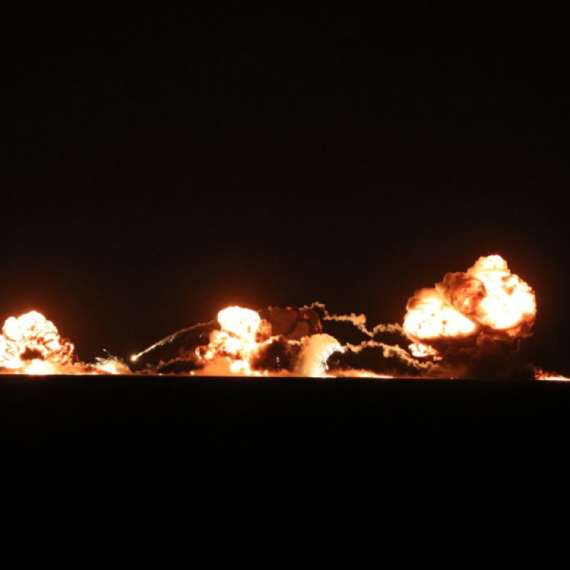
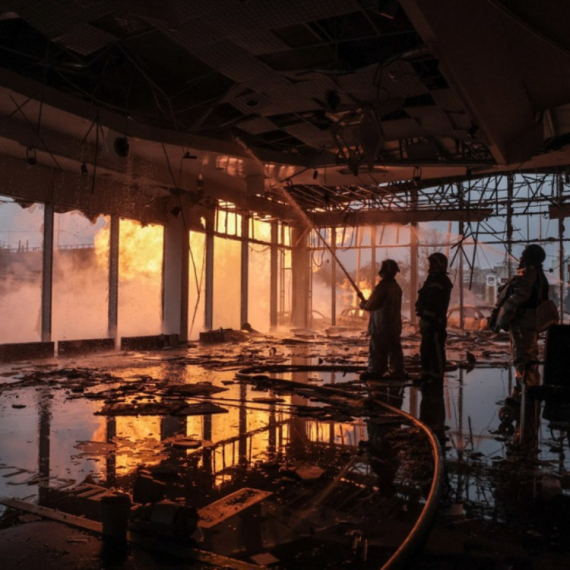
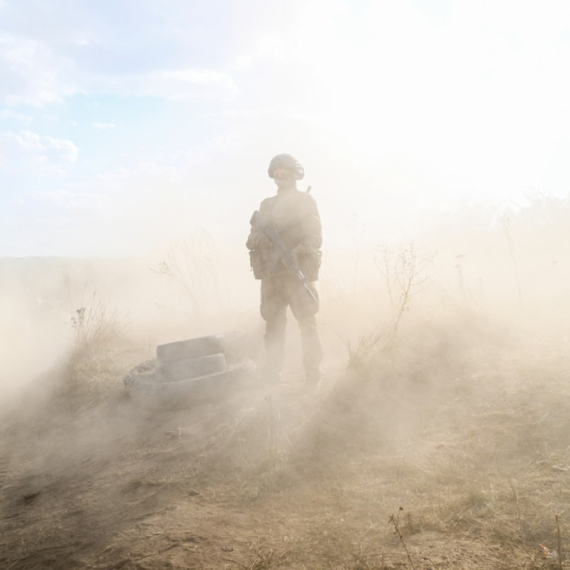
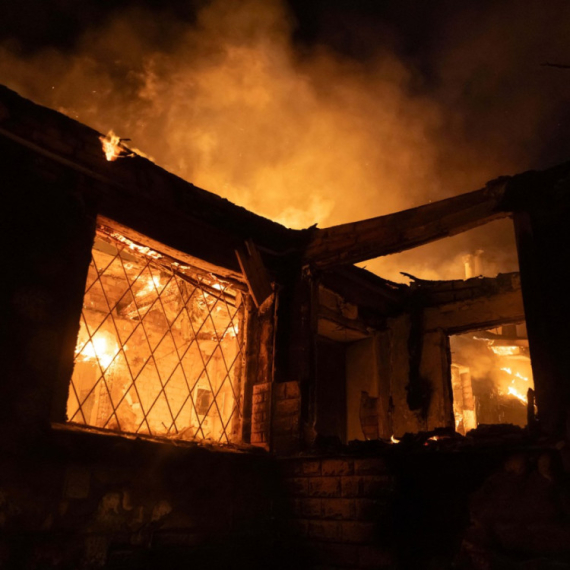





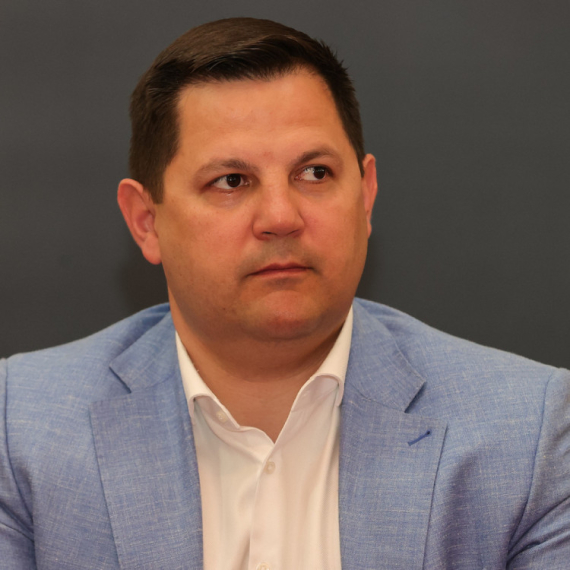
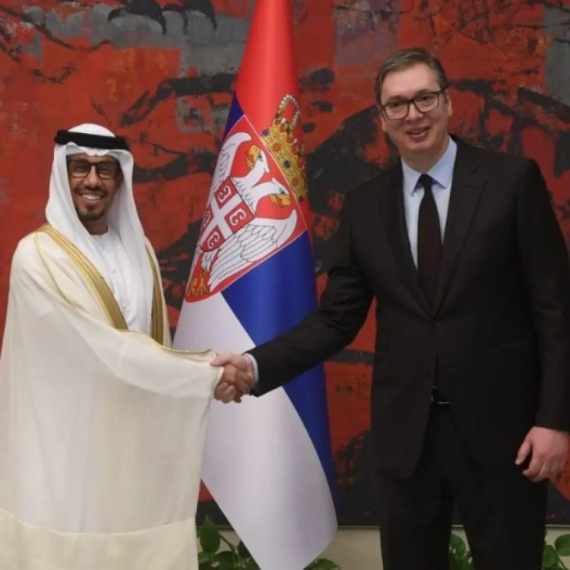
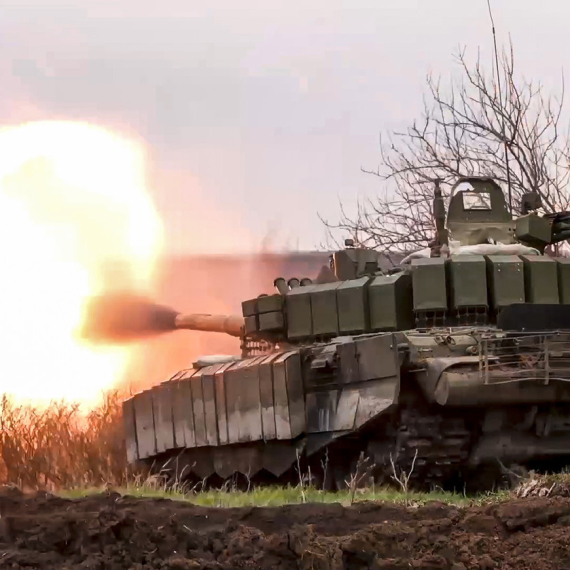

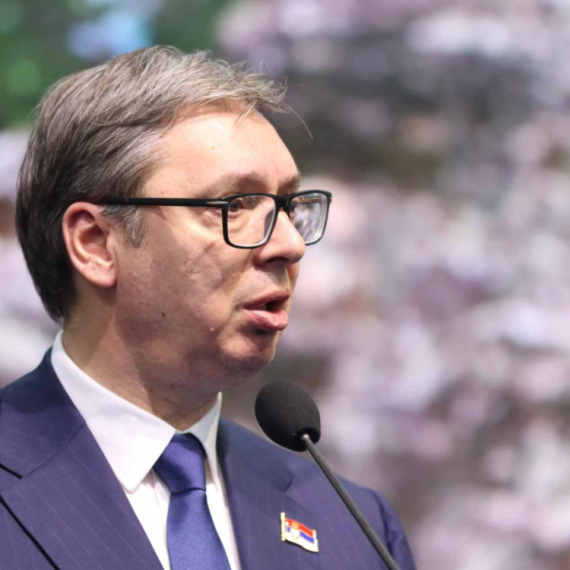
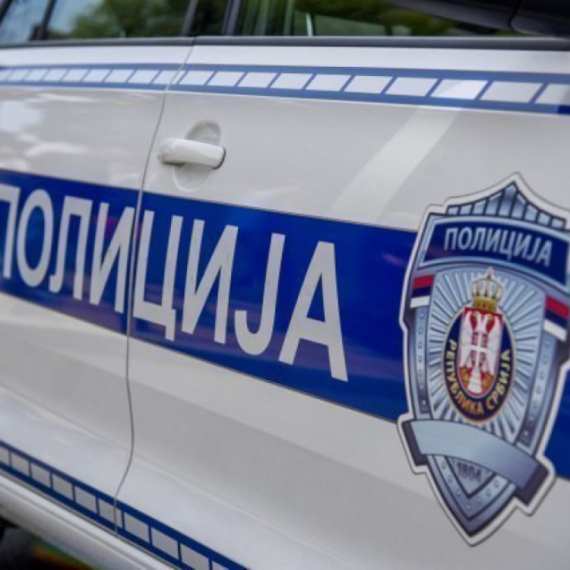
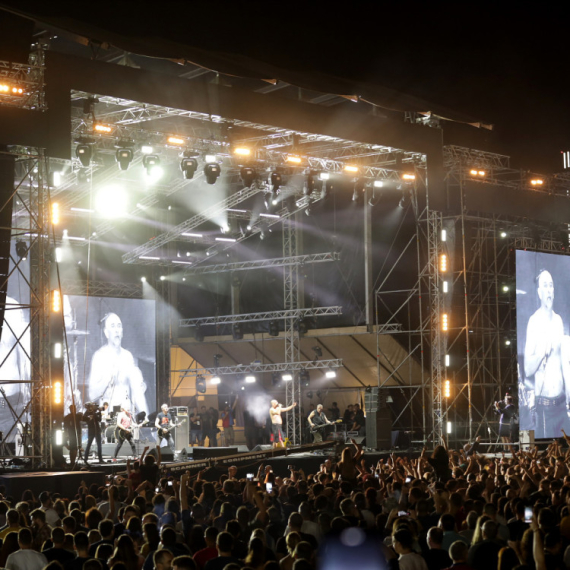
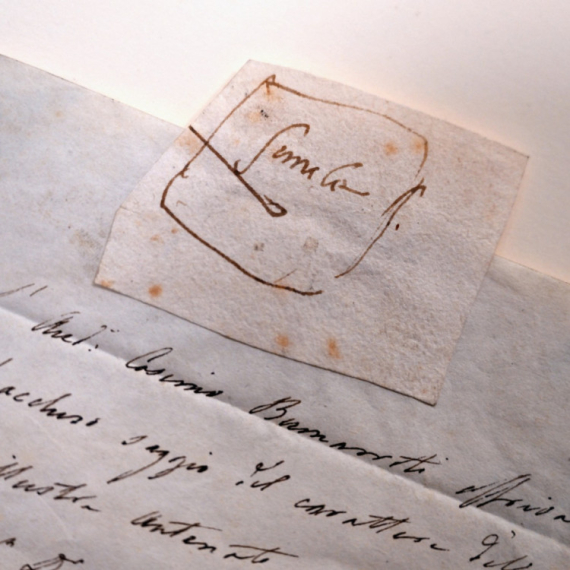








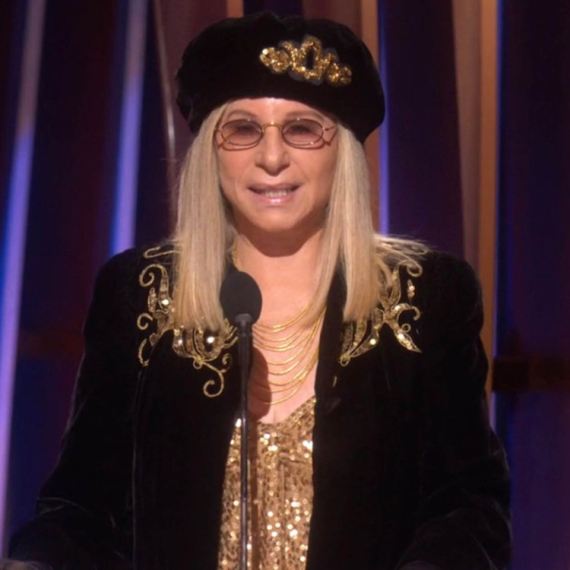

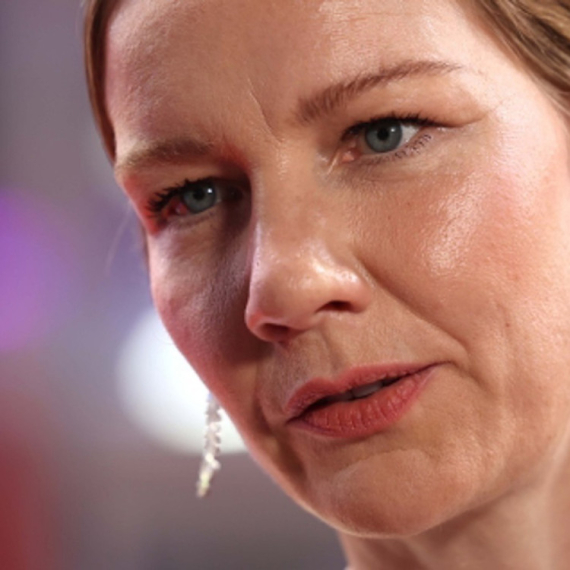











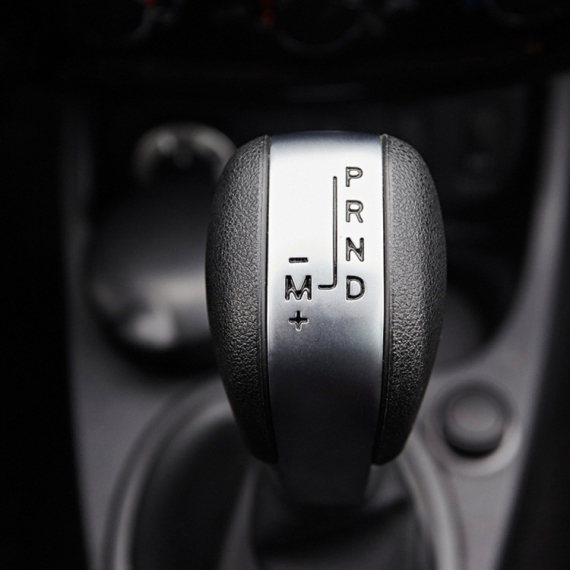
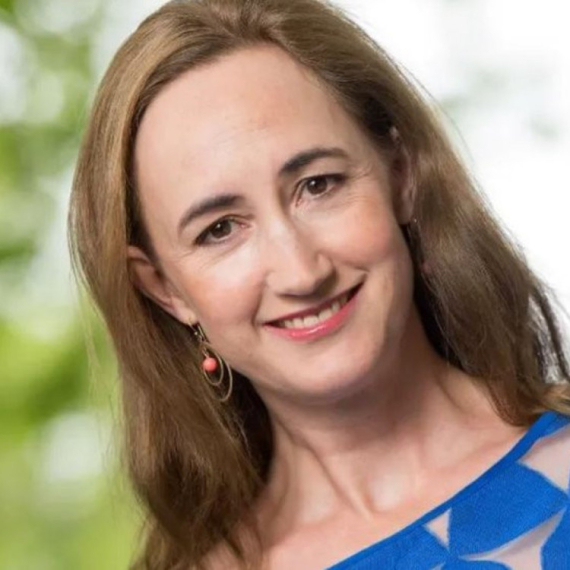
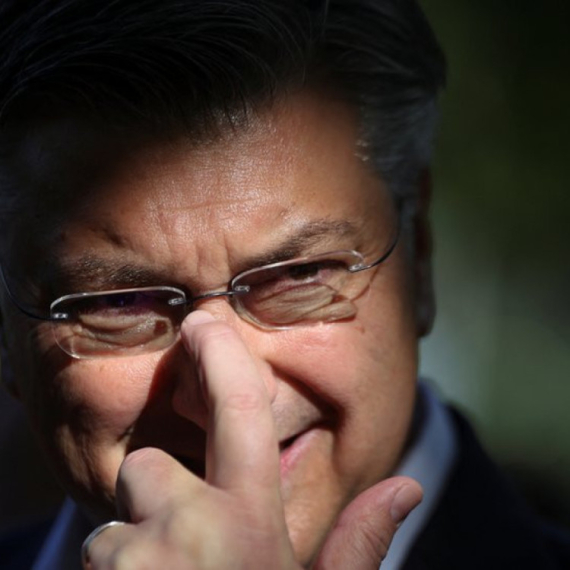
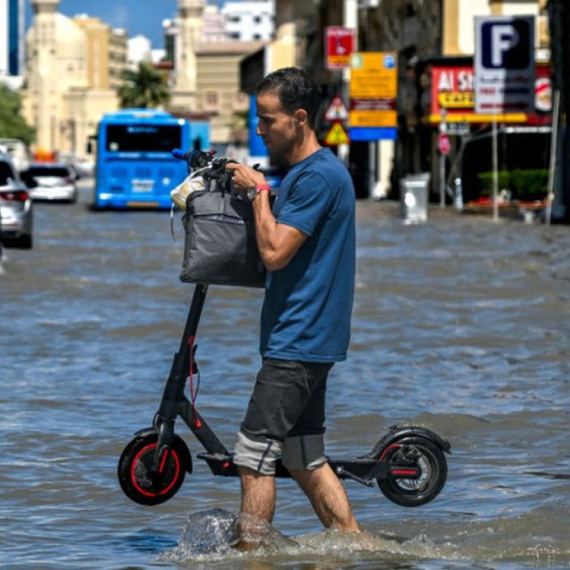



Komentari 0